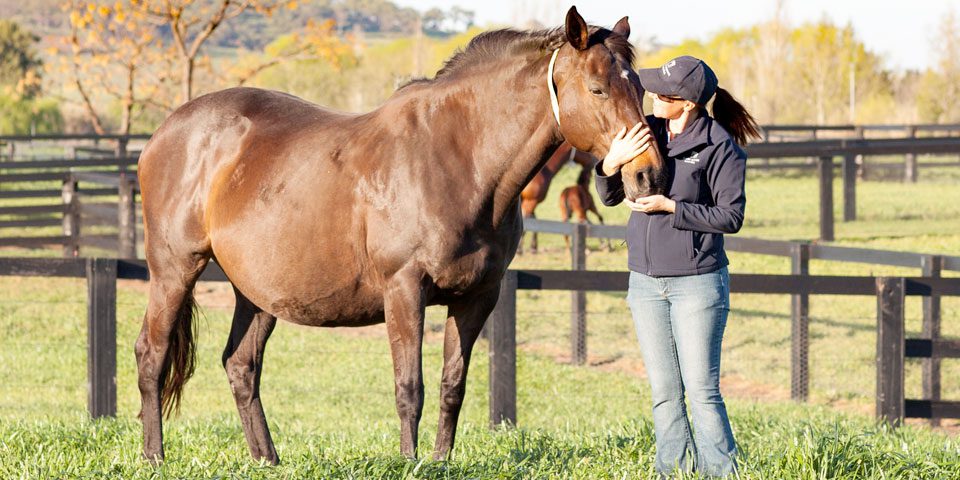Laminitis can affect all horses and can vary from mild lameness to cases so severe that euthanasia on humane grounds is required.
Laminitis is inflammation of the lamellae contained in the hoof capsule. Lamellae are the soft tissue structures which hold the coffin bone stable within the hoof. Disruption of the bonds between the lamellae and the bone can be catastrophic for the horse.
Laminitis can occur in all four feet; however it is more commonly seen in the front feet, possibly due to the increased weight carried by the forelimbs. Within the hoof capsule, the coffin bone can either rotate or sink, depending on the degree of lamellar damage. Horses with laminitis that sink have lost a large percentage of their lamellar attachment and have a very poor outlook.
There are a number of causes of laminitis, which are loosely categorised into three groups:
Toxin induced: Many bacteria produce toxins that are released into the blood stream from a site of infection. The toxins stimulate an inflammatory cascade throughout the horse’s body, including the foot. The inflammation in the horse’s foot results in a breakdown of the tight bonds between the lamellae of the hoof capsule and coffin bone.
Hormone associated: There are two hormone conditions that frequently contribute to laminitis: Cushing’s Disease and Equine Metabolic Syndrome. In both conditions laminitis appears to be associated with an abnormal level of the body’s normal hormones and excessive soluble carbohydrates (sugars) in the horses’ diet, such as is seen with lush green grass.
Excessive Mechanical Forces: This type of laminitis develops as a result of excessive force on the hoof as is seen with “Road Founder” where concussion from a hard surface causes damage to the lamellae and “Supporting Limb Laminitis”, where the horse is reluctant to bear weight on fractured or injured limb and places excess weight on the opposite leg.

